Looking to pick the perfect park skis? Here’s the short answer:
- Shorter skis (like Snowfeet’s 15–120 cm options) are easier to control, ideal for tricks, spins, and quick moves. They’re lightweight, portable, and beginner-friendly.
- Longer skis (150–170 cm from brands like Rossignol or Atomic) offer stability at high speeds but feel heavier and harder to maneuver in tight park settings.
Snowfeet’s compact skis are shaking up the game, offering unmatched agility for park riders. Whether you’re a beginner learning 180s or an expert nailing cork spins, shorter skis make park skiing more fun and less tiring. Ready to rethink your setup? Let’s dive into the details.
Short vs. Long Skis for Park Riding: The Guide to Finding Your Perfect Length! 🏂🤔 | Skiing Tips 2023
How Ski Length Affects Park Performance
The length of your skis plays a huge role in how well you perform in the park. Shorter skis are easier to control, making them ideal for quick movements and tricks, while longer skis demand more strength and precision. This difference becomes even more noticeable when you're spinning, navigating tight park features, or transitioning quickly between elements. Let’s dive into how standard ski sizing measures up in these scenarios.
Standard Park Ski Sizing: Benefits and Drawbacks
Most major ski brands like Rossignol, Atomic, and Head follow the classic chin-height rule for park skis. This usually means skis between 150–170 cm (5'0" to 5'6"). While this sizing approach is great for speed and stability - key for carving or racing - it can be less suited for the park.
Longer skis offer stability for big jumps and high-speed moves, but they come with some trade-offs. Extra length increases the swing weight, making spins and tight turns harder to pull off. In a busy terrain park, these longer skis can also make it tricky to navigate crowded areas or adjust quickly when other skiers are nearby.
Why Shorter Skis Work Better in Parks
The challenges of traditional ski sizing are exactly why shorter skis shine in park settings. Products like Snowfeet* Skiblades and Skiskates are designed to maximize agility, offering unmatched maneuverability. Their reduced swing weight makes spins and aerial tricks feel smoother and more manageable. This design advantage allows for quicker turns and better control, especially in tight spaces.
Shorter skis also make learning tricks easier and less intimidating. Beginners often find them more forgiving since they lower the risk of catching an edge while attempting new moves. Plus, their compact size makes rapid transitions between features a breeze, delivering a more dynamic and fun experience on the slopes.
Although shorter skis might feel less stable at first, they encourage better balance. The technique required - similar to skating or rollerblading - helps improve overall skiing skills and body awareness during tricks. These benefits highlight why Snowfeet* products are changing the game for park skiing performance.
Snowfeet* Skis: The Best Option for Park Riders
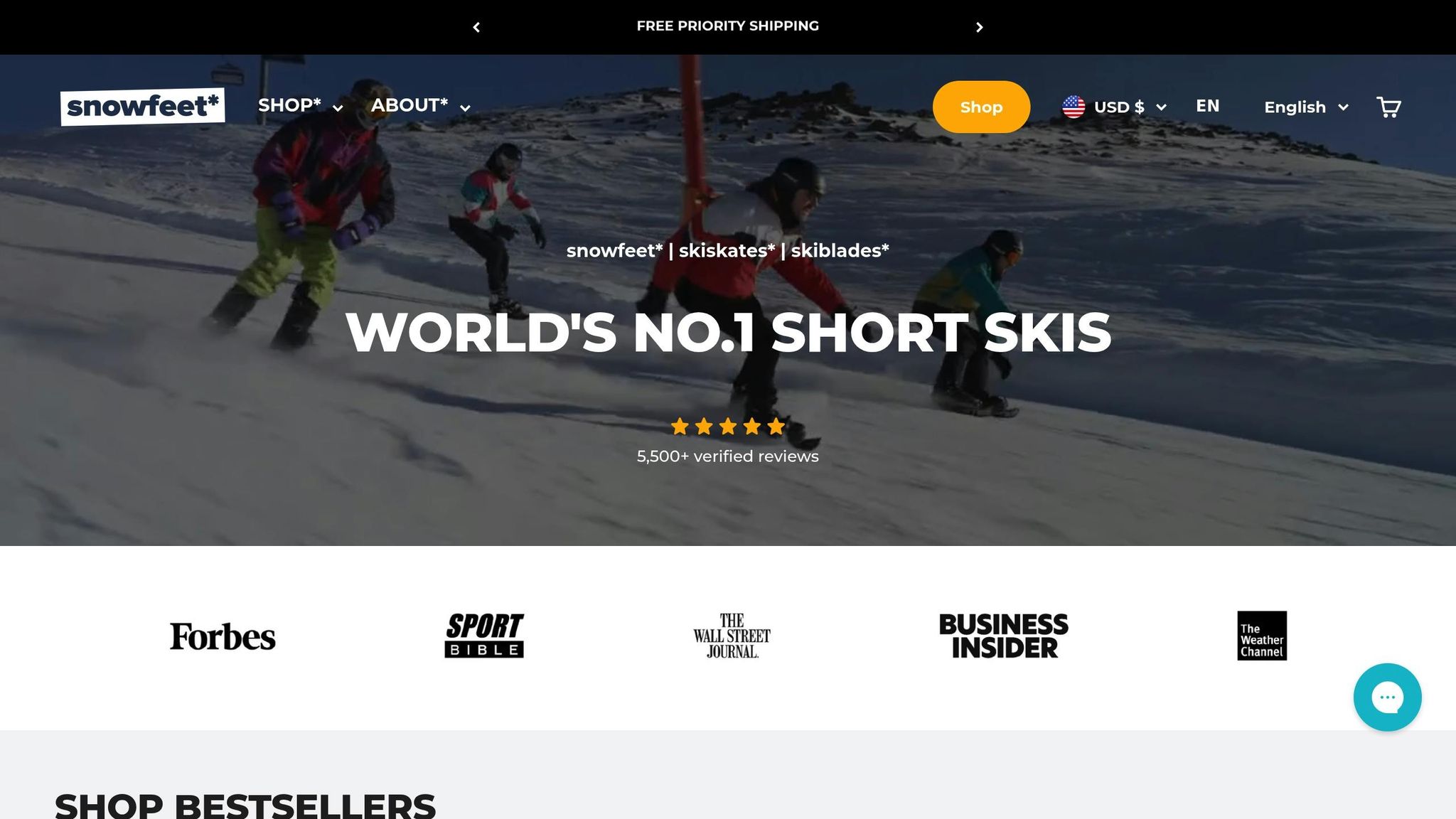
When you stack up Snowfeet* products against traditional park skis from big names like Rossignol, Atomic, and Head, you’ll notice something right away: Snowfeet* takes a fresh approach to park skiing. Instead of focusing on racing or all-mountain performance, they zero in on what matters most in the park - fun and functionality.
With 5,500 verified reviews and an impressive 4.97/5-star rating for their Skiskates, it’s clear that shorter skis aren’t just a gimmick - they’re a game-changer for park performance. Let’s dive into what makes Snowfeet* a standout choice for terrain park enthusiasts.
Why Snowfeet* Skiblades and Skiskates Shine
One of the first things you’ll notice about Snowfeet* is how portable and lightweight their products are. Unlike traditional skis, which can stretch 150-170 cm and weigh you down, Snowfeet* gear is compact enough to fit in a backpack. No more lugging around bulky equipment or wrestling with awkward transport setups - just grab your Snowfeet* and go.
The lightweight plastic construction doesn’t just make them easy to carry; it also makes them tough without the extra bulk. Plus, Snowfeet* works with standard winter shoes or snowboard boots, so you can skip the hefty price tag that comes with specialized ski boots. That means you can hit the park without breaking the bank.
But the real magic of Snowfeet* lies in the freedom of movement they offer. Take it from Andrew B., a happy Snowfeet* user:
"These skiblades are so much fun and easy to control. Never going back to regular skis."
Nathan F. shares a similar sentiment:
"Absolute game-changer! They're light, fast, and incredibly fun to ride."
With their skating-like feel, Snowfeet* products make it easier to pull off tricks that are tough - or even impossible - with traditional long skis. The reduced swing weight lets you nail spins, ride backward, and attempt aerial moves without battling your gear. It’s like having a secret weapon for park performance.
Snowfeet* vs. Standard Park Skis: A Side-by-Side Look
| Feature | Snowfeet* Skiblades/Skiskates | Standard Park Skis (Rossignol, Atomic, Head) |
|---|---|---|
| Length Range | 44-120 cm | 150-170 cm |
| Weight | Ultra-lightweight plastic | Heavy wood/metal core |
| Maneuverability | Outstanding - skating-like control | Limited by length and weight |
| Learning Curve | Beginner-friendly | Steeper, requires more skill |
| Boot Compatibility | Works with winter shoes, snowboard boots | Requires expensive ski boots |
| Portability | Backpack-friendly | Needs roof rack or ski bag |
| Trick Performance | Perfect for spins, jumps, and riding backward | More challenging due to swing weight |
| Price Range | $150-$690 | $300-$800+ (plus boot costs) |
Snowfeet* products are designed specifically for the quick transitions and tight maneuvers that terrain parks demand. While traditional skis prioritize speed and stability on groomed runs, Snowfeet* focuses on agility and playfulness - exactly what park riders crave.
And let’s not forget versatility. Snowfeet* isn’t just for the park. You can use them for skiskating, cross-country skiing, or even messing around in your backyard after a fresh snowfall. Try doing that with your standard Atomic or Head park skis. With Snowfeet*, you’re not just getting a tool for one purpose - you’re opening up a whole new world of snowy adventures.
sbb-itb-17ade95
Park Ski Length Recommendations by Skill and Style
When it comes to park skiing, traditional skis usually fall in the 150–170 cm range. However, Snowfeet* offers a lineup of shorter, more agile options that cater to different skill levels and riding styles. Let’s break down how to choose the perfect Snowfeet* length for your needs.
Beginner and Intermediate Skiers
If you're new to park skiing, shorter skis are your best friend. They’re easier to control, helping you focus on balance and basic techniques. Snowfeet* has two standout options for beginners:
- 44 cm Skiskates ($390): These are perfect for first-timers. Their compact size makes them incredibly responsive, giving you better control as you learn tricks and master edge control. Plus, they’re lightweight, so you won’t feel weighed down.
- 65 cm Skiblades ($450): If you want something closer to the feel of traditional skis but still beginner-friendly, this is the way to go. They strike a great balance between mobility and stability, making them a favorite among those starting out. Many users love how fun and easy these are to ride.
With these shorter lengths, you’ll find the learning curve much smoother. Unlike traditional skis that can feel bulky and hard to manage, Snowfeet* products make it simple to initiate turns and stops, so you can focus on building confidence.
Advanced and Expert Skiers
For seasoned skiers, a bit more length can add speed and stability without sacrificing Snowfeet*’s signature agility. Here are two great options for advanced riders:
- 99 cm Skiblades ($490): These are a fantastic choice for skiers who want to tackle a mix of small and moderate jumps. They provide a balance of speed and control, making them ideal for riders pushing their limits.
- 120 cm Short Skis ($690): If you’re hitting bigger park features, these skis give you the extra surface area needed for solid landings. Despite being longer, they’re still 30–50 cm shorter than traditional park skis, so you retain that quick, responsive feel.
Advanced riders appreciate how these lengths let them maintain speed while still making rapid adjustments. Unlike longer, heavier skis, these models feel nimble, even on demanding terrain.
Jibbing and Big Feature Riders
Not everyone’s focus is on high-speed jumps. If you’re into jibbing or technical rail sessions, shorter skis are key for precision and control. Here’s how Snowfeet* caters to jibbers and big feature riders:
- 44 cm Skiskates: These excel at technical tricks, urban skiing, and creative street maneuvers. Their ultra-short length makes it easy to lock into grinds and nail spins without worrying about catching edges.
- 65 cm Skiblades: A versatile option for mixed sessions, these skis handle both rails and smaller jumps with ease. They’re short enough for quick moves but stable enough for clean takeoffs and landings.
For those tackling larger park features, longer skis are a better fit. The 99 cm Skiblades offer great stability for moderate jumps while still allowing advanced aerial tricks, and the 120 cm Short Skis provide the surface area needed for confident landings on the biggest features.
No matter which length you choose, the standout feature of Snowfeet* is their lightweight, compact design. Even the longest option is significantly shorter than traditional park skis, giving you more control and a playful, responsive ride.
Practical Tips for Using Snowfeet* Skis in Parks
Switching to Snowfeet* skis in terrain parks can feel a bit different at first, but with a few adjustments, you'll be shredding like a pro in no time. Here’s how to make the most of these shorter skis.
Switching from Standard Skis to Snowfeet*
Transitioning from traditional long skis to Snowfeet* might feel unusual at first, but most riders pick it up quickly. If you’ve played hockey or ice skated before, you might find the movements come naturally since they’re quite similar.
Start by adopting a shoulder-width stance, keeping one foot slightly ahead of the other. Center your weight or lean it a bit back to stay balanced on the compact skis. Keep your knees bent to handle bumps and maintain control. If you lose your balance, adjust by leaning forward and extending your arms for stability. This stance helps you take full advantage of the agility that makes Snowfeet* such a hit in parks.
For movement, push off laterally, much like a hockey player, and keep your posture steady. To stop, try a hockey-style stop by evenly shifting your weight onto both feet, or use the heel brake for a smoother slowdown. Turning is straightforward - just angle the skis and lean your body in the direction you want to go, similar to traditional skiing techniques.
When it comes to park features, skiskates shine in technical tricks and rail work thanks to their quick responsiveness, while skiblades are better for jumps and flowing runs, offering more controlled turns.
Peter Novom, a training manager at Vermont's Okemo Mountain Resort and an examiner for the Professional Ski Instructors of America, highlights the importance of basic skills for park riding:
"People tend to put 'park' in a different category than general skiing... But this mindset is misguided... the very same fundamental skills and movements critical to sliding on snow figure prominently in hitting park features and freeskiing."
Before hitting the park, practice on regular slopes. Work on pivot slips, hopping off the snow, and shuffling movements to get comfortable with the unique stance and techniques required for Snowfeet*. Once you’ve nailed the basics, regular maintenance will keep your gear ready for action.
Maintenance and Care for Snowfeet* Products
Park riding can be tough on your gear, so keeping your Snowfeet* in top shape is key. Apply liquid wax daily to ensure a smooth glide, and sharpen and dry the edges after each session. If needed, add a light coat of oil before storing them to prevent rust . These small steps help maintain the lightweight, responsive feel that makes Snowfeet* so fun to ride.
Don’t forget to check your bindings regularly. Tighten them at home with a screwdriver to ensure your boots fit securely, especially if you’re tackling bigger features.
Straps can take a beating in the park, so inspect them often. If they show signs of wear, replace them right away - replacement straps start at just $6. Taking care of these details will keep your Snowfeet* performing at their best, session after session.
Conclusion: Why Snowfeet* Is the Best Choice for Park Skiing
When it comes to tearing up the terrain park, Snowfeet* brings something fresh to the table that traditional long skis just can’t. While brands like Rossignol, Atomic, and Head stick to producing park skis that often exceed 150 cm, Snowfeet* flips the script with compact designs that change the game entirely.
The agility these shorter skis offer is unmatched, and the control? That’s where Snowfeet* really takes the spotlight. Whether you’re landing jumps, spinning through twists, or pulling off tricks, Snowfeet* and Skiskates make it all feel effortless compared to traditional skis. Their shorter length isn’t just a design choice - it’s what makes maneuvering in terrain parks a breeze. As the Snowfeet Team puts it:
"Because they're shorter, they're far more agile and easier to maneuver, especially for beginners or those looking to navigate crowded slopes".
What really sets Snowfeet* apart is their versatility. Unlike traditional park skis, which often gather dust in the off-season, Snowfeet* products are far more adaptable. You can strap them on with your winter boots and hit cross-country trails, hiking paths, ski slopes, or even the local sledding hill. A Snowfeet Team member explains:
"You can take them with you on a hike, cross-country trail, ski slopes, or just a local sledding hill. The big advantage is that you can wear them with any winter shoes".
This flexibility is a game-changer and drives home why Snowfeet* stands out from the crowd.
Let’s talk tricks. Snowfeet* bindings are designed to give you maximum flexibility, opening the door to a whole new world of stunts. The 65 cm models, in particular, offer a skiskating-like feel - “it feels like skating on snow,” as the Snowfeet Team describes it. Their size and maneuverability make them perfect for pulling off creative tricks in snowparks or on the slopes.
And here’s the best part: they’re for everyone. Whether you’re a beginner just getting your bearings or a seasoned pro looking for a fresh challenge, Snowfeet* has you covered. The shorter ski length makes them approachable for newcomers and a blast for experts. From the ultra-responsive 44 cm Skiskates to the jump-friendly 99 cm Skiblades, there’s something for every style and skill level.
While traditional brands cling to the outdated idea that longer skis are better, Snowfeet* proves otherwise. These smaller skis deliver a more exciting, dynamic experience - especially in terrain parks. Starting at just $150 for the Mini Ski Skates, Snowfeet* offers gear that could completely change how you think about park skiing.
FAQs
Why are shorter skis like Snowfeet* better for terrain parks compared to traditional longer skis?
Shorter skis, like Snowfeet*, are a game-changer for terrain parks. Their compact design gives you incredible agility and control, making it easier to pull off tricks, stick your landings, and weave through tight spots. This extra maneuverability lets you experiment and push your skills without feeling weighed down.
Compared to traditional longer skis, which can feel bulky and less responsive, shorter skis offer a lighter, more playful experience - perfect for freestyle skiing. Whether you're just starting out or you're a seasoned park shredder, shorter skis like Snowfeet* bring the performance boost you need while keeping the fun alive.
What makes Snowfeet* skis suitable for different skill levels, and how should beginners choose the right length?
Snowfeet* skis are designed with everyone in mind, from first-timers to seasoned skiers. With lengths ranging from 44 cm to 120 cm, these shorter skis are especially beginner-friendly. Their lightweight build and compact size make them easier to handle, which is a big confidence booster for those new to skiing. Plus, they’re great for picking up tricks more quickly. For beginners, shorter models like the Snowfeet* Skiblades or Skiskates are a solid choice - they’re easier to maneuver and make learning feel smoother and less stressful.
Unlike traditional skis from brands like Rossignol or Atomic, Snowfeet* focuses on making skiing more approachable and fun. Their shorter design takes away some of the intimidation that can come with full-sized skis, giving beginners the chance to enjoy the slopes while building their skills at their own pace.
How can I maintain my Snowfeet* skis for the best performance in the park?
To keep your Snowfeet* skis in great shape for the park, here are a few easy maintenance tips:
- Wax often: Add a fresh coat of wax every 4–6 outings. This keeps your skis gliding smoothly and protects the base from wear and tear.
- Keep edges sharp: If your edges start to feel dull or you're hitting icy patches, give them a good sharpening. Sharp edges mean better grip and control.
- Store smart: When the season's over, apply a layer of protective wax and stash your skis in a cool, dry spot. This helps prevent rust and other damage.
A little care goes a long way. These quick steps will keep your Snowfeet* skis ready for all the tricks, jumps, and park fun you can handle!

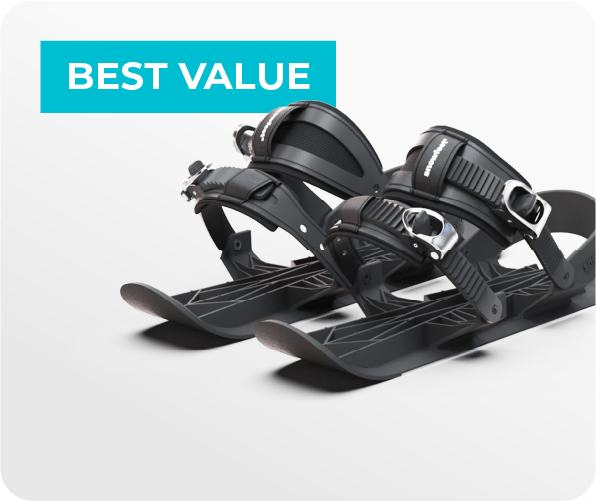



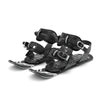
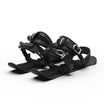
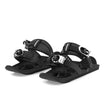

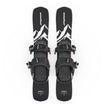
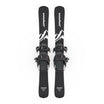

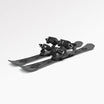
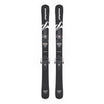
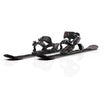
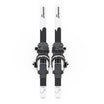


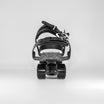

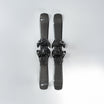
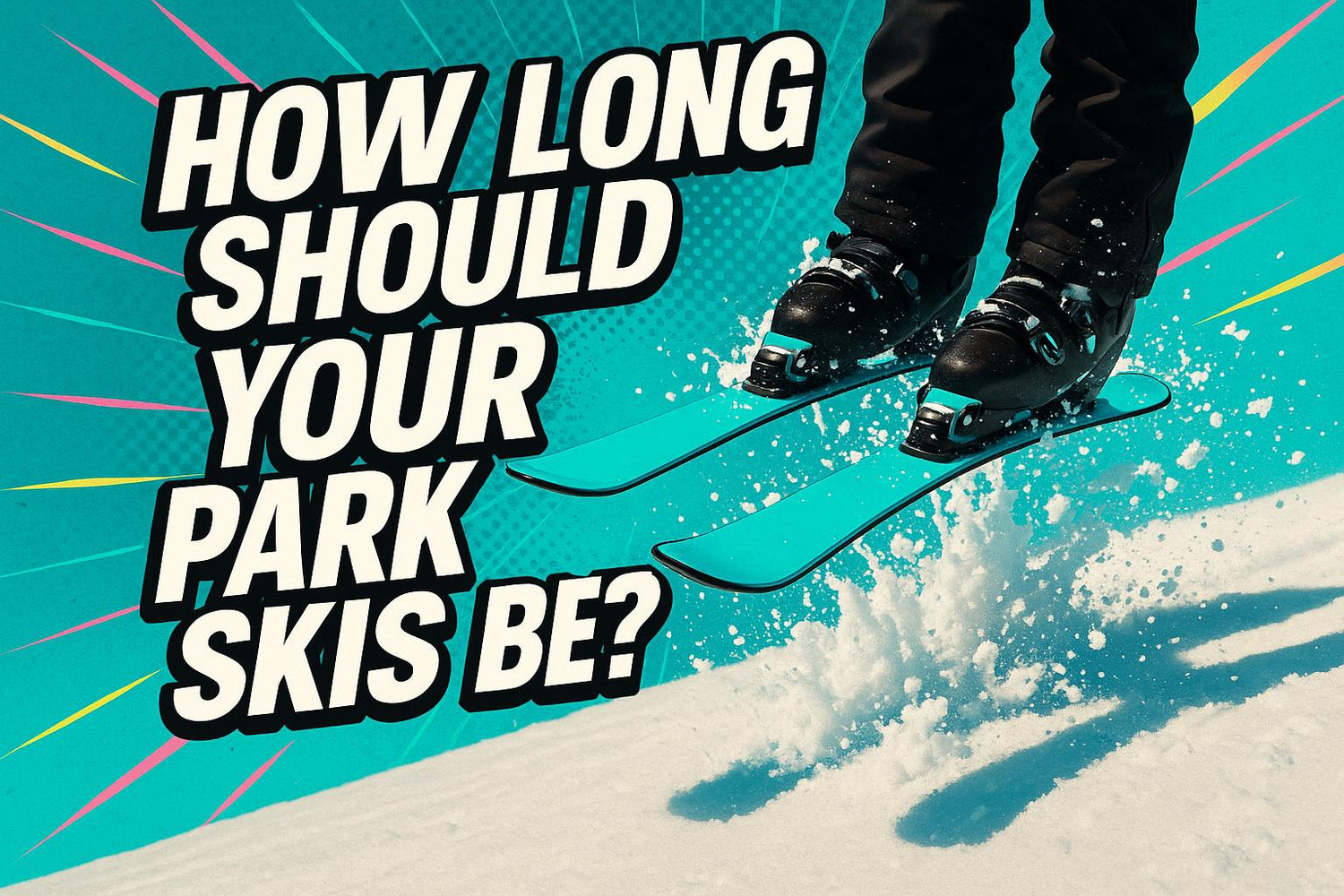
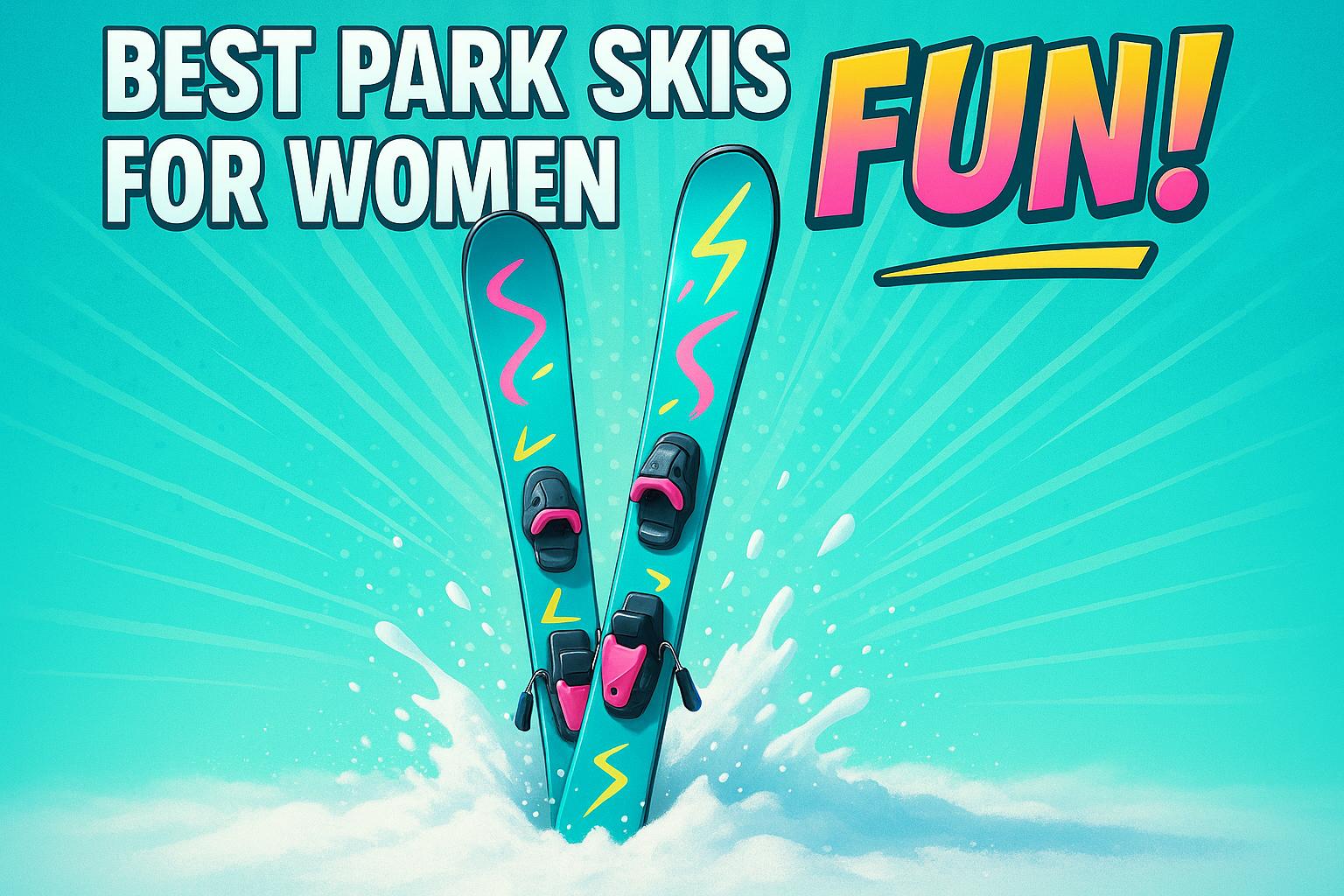
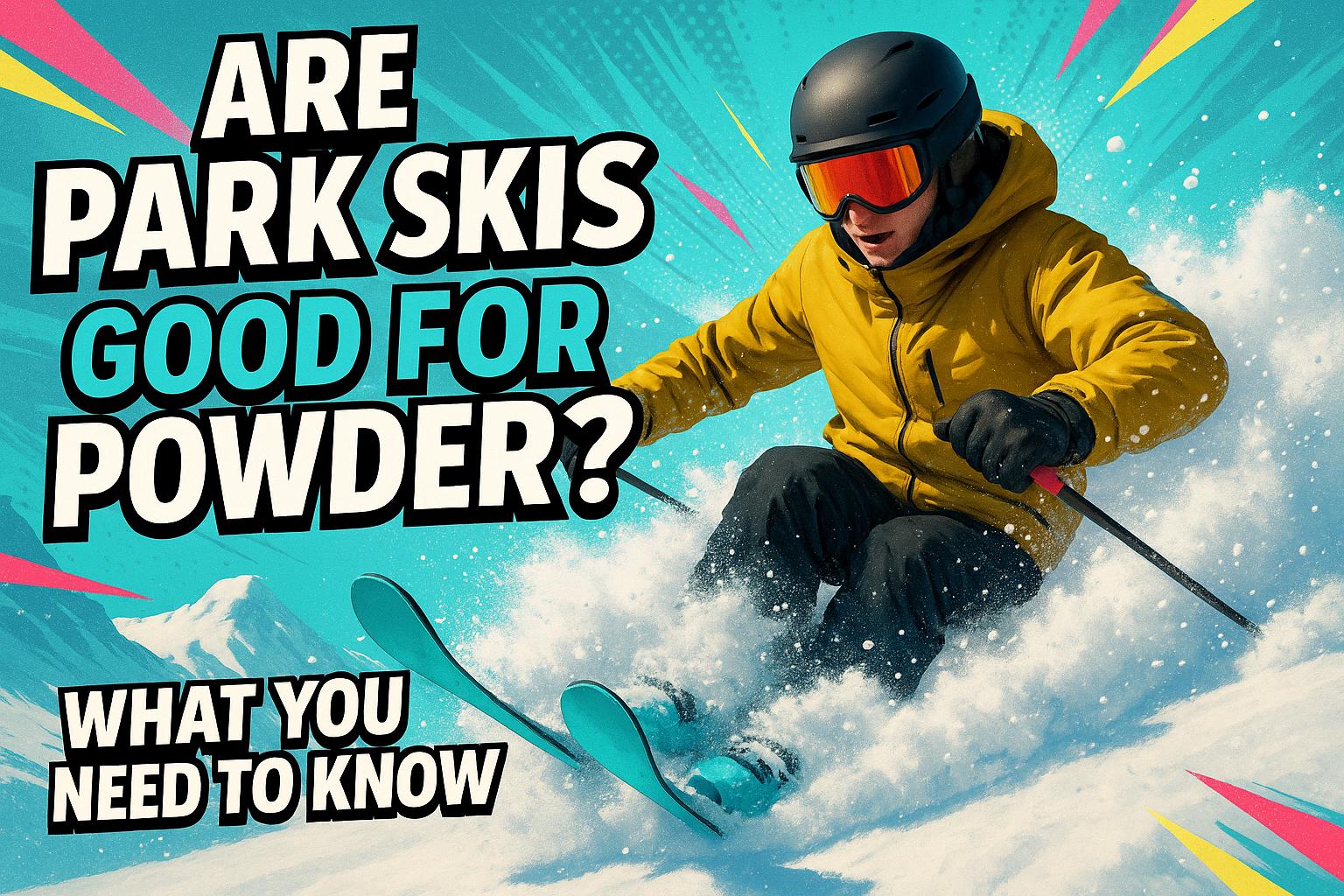
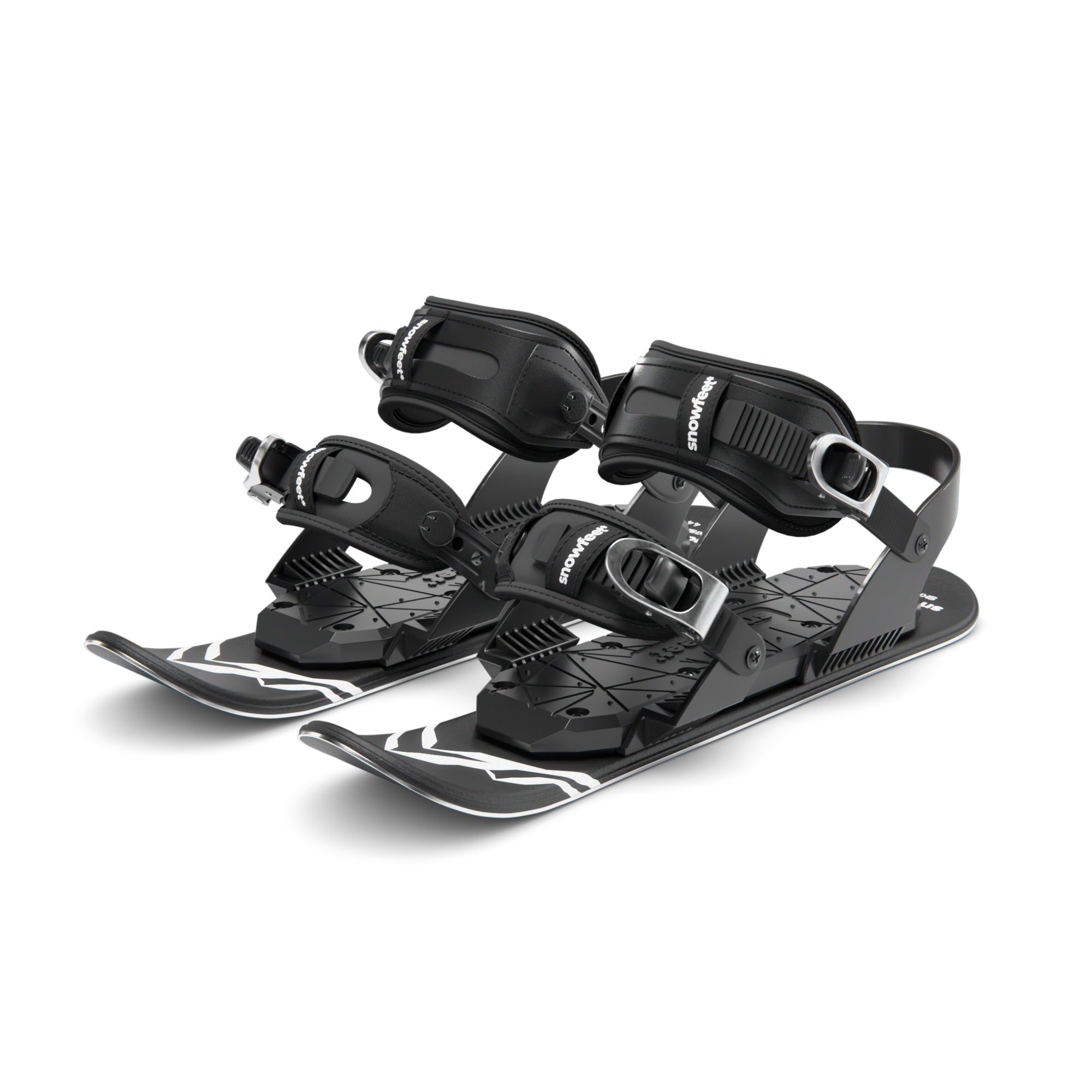
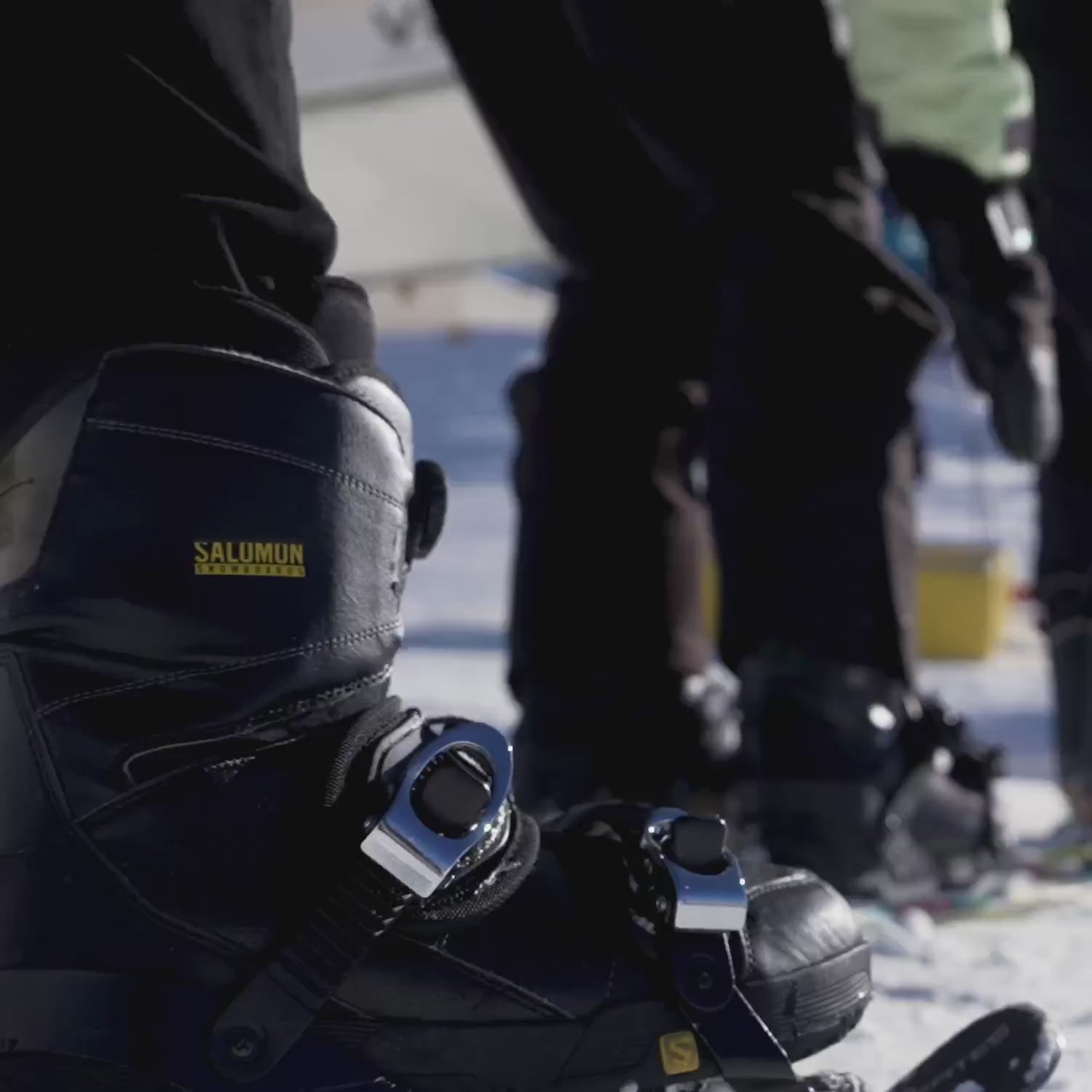
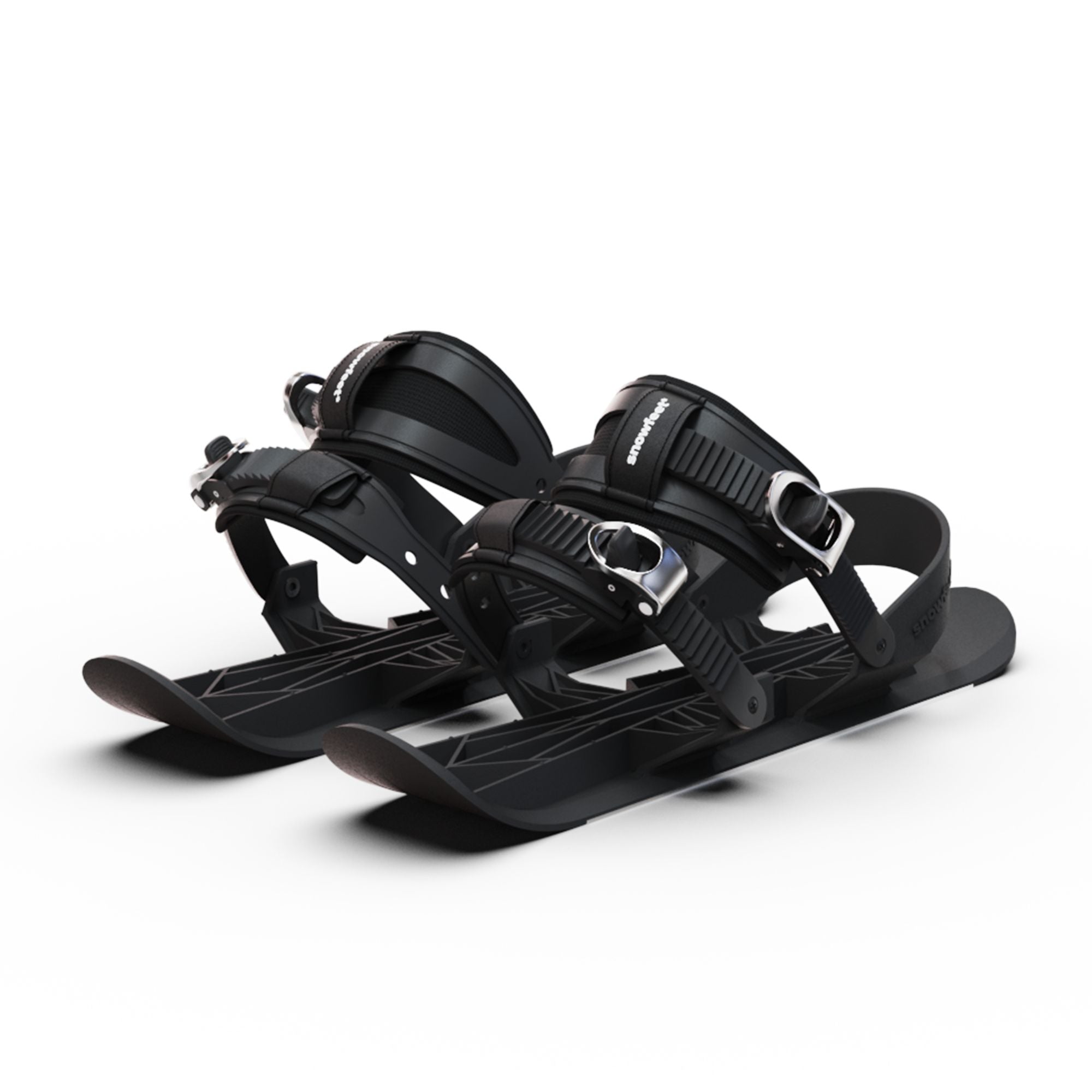
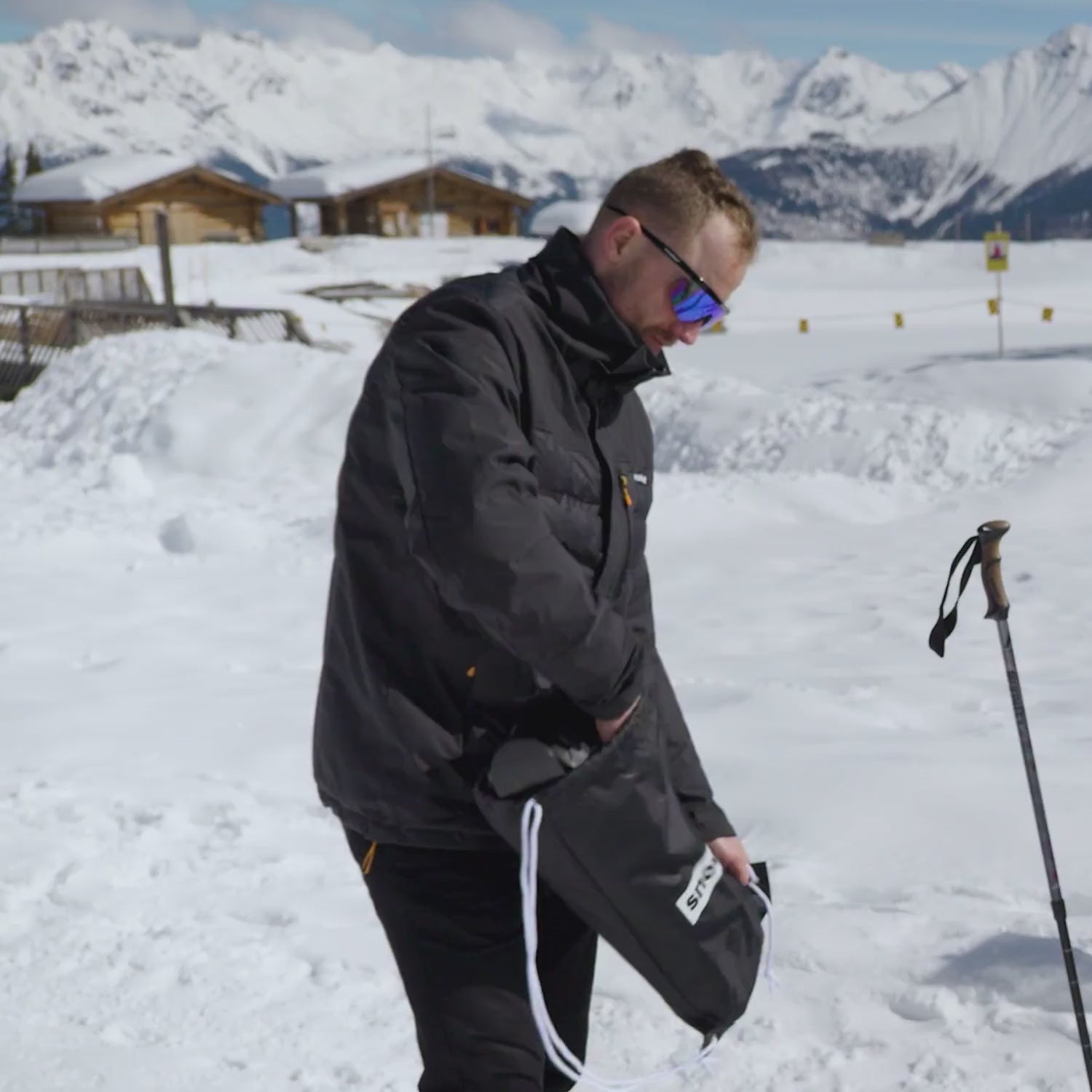
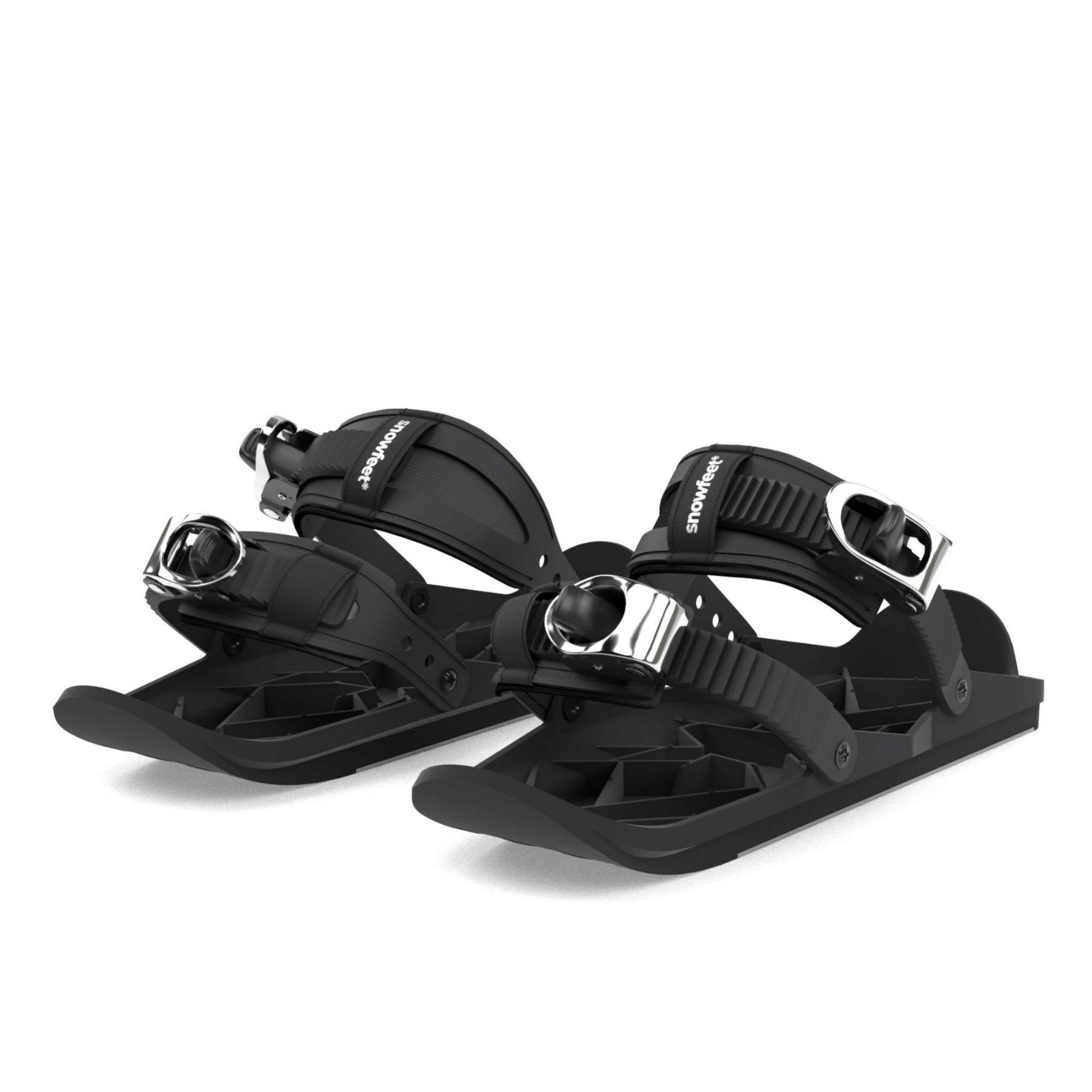
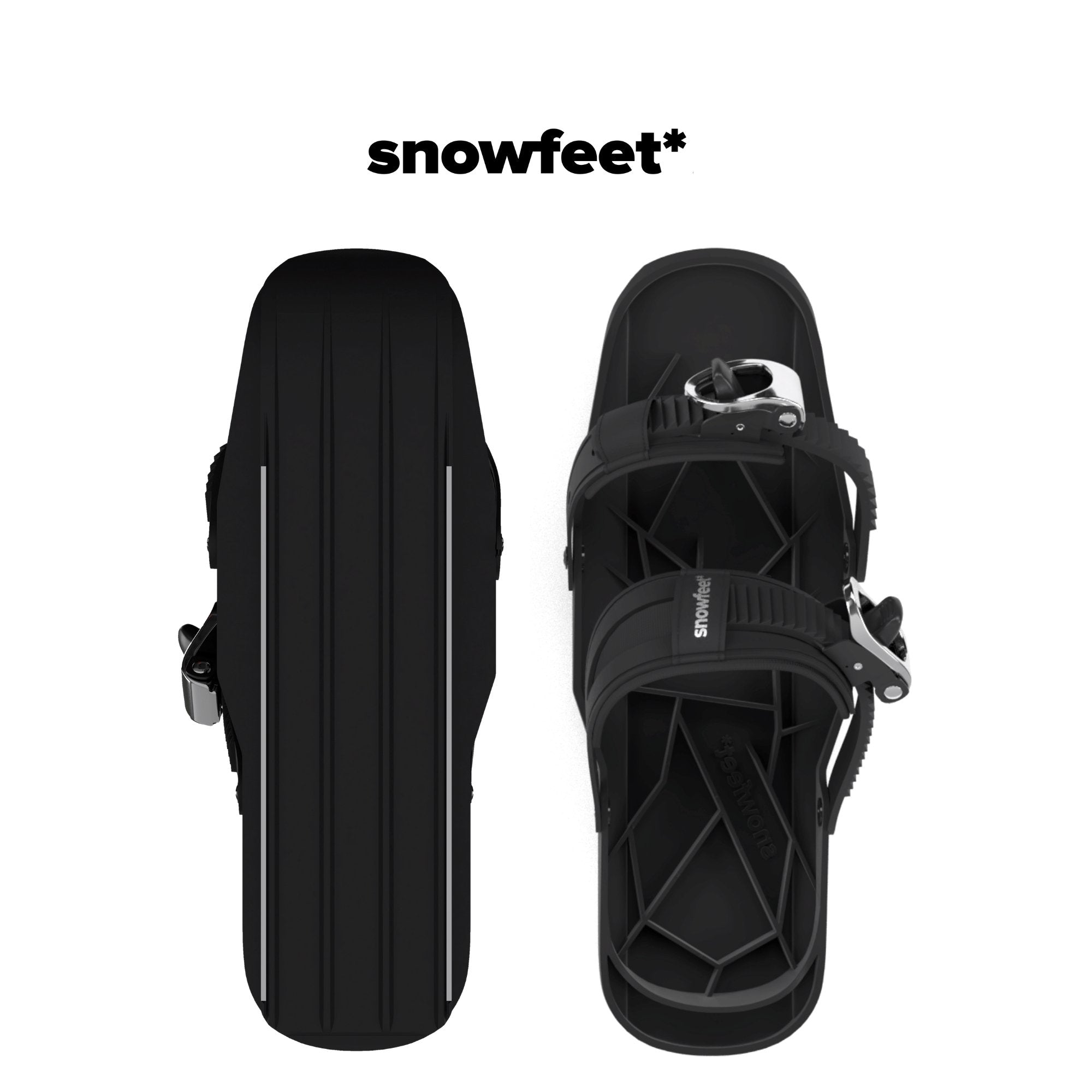
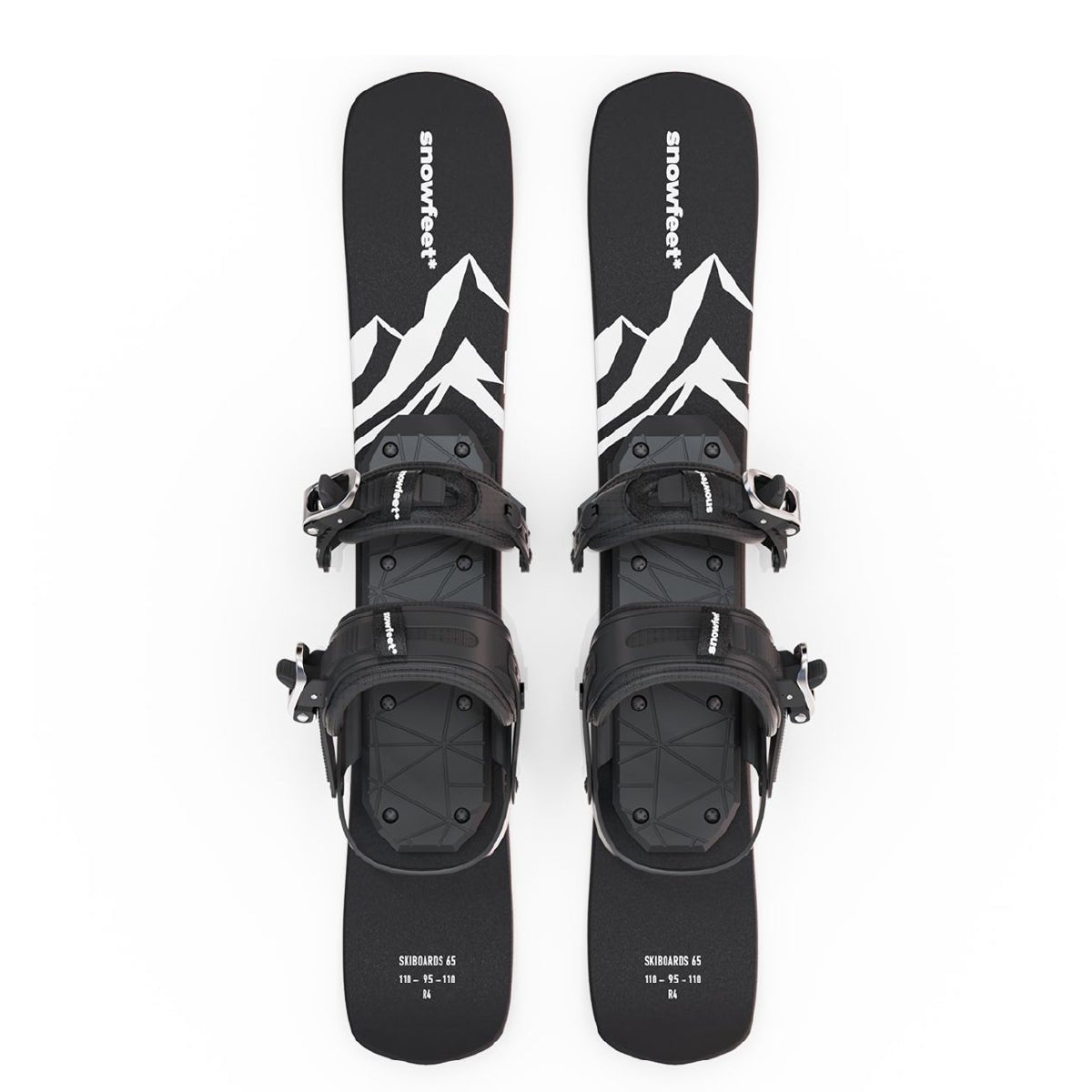
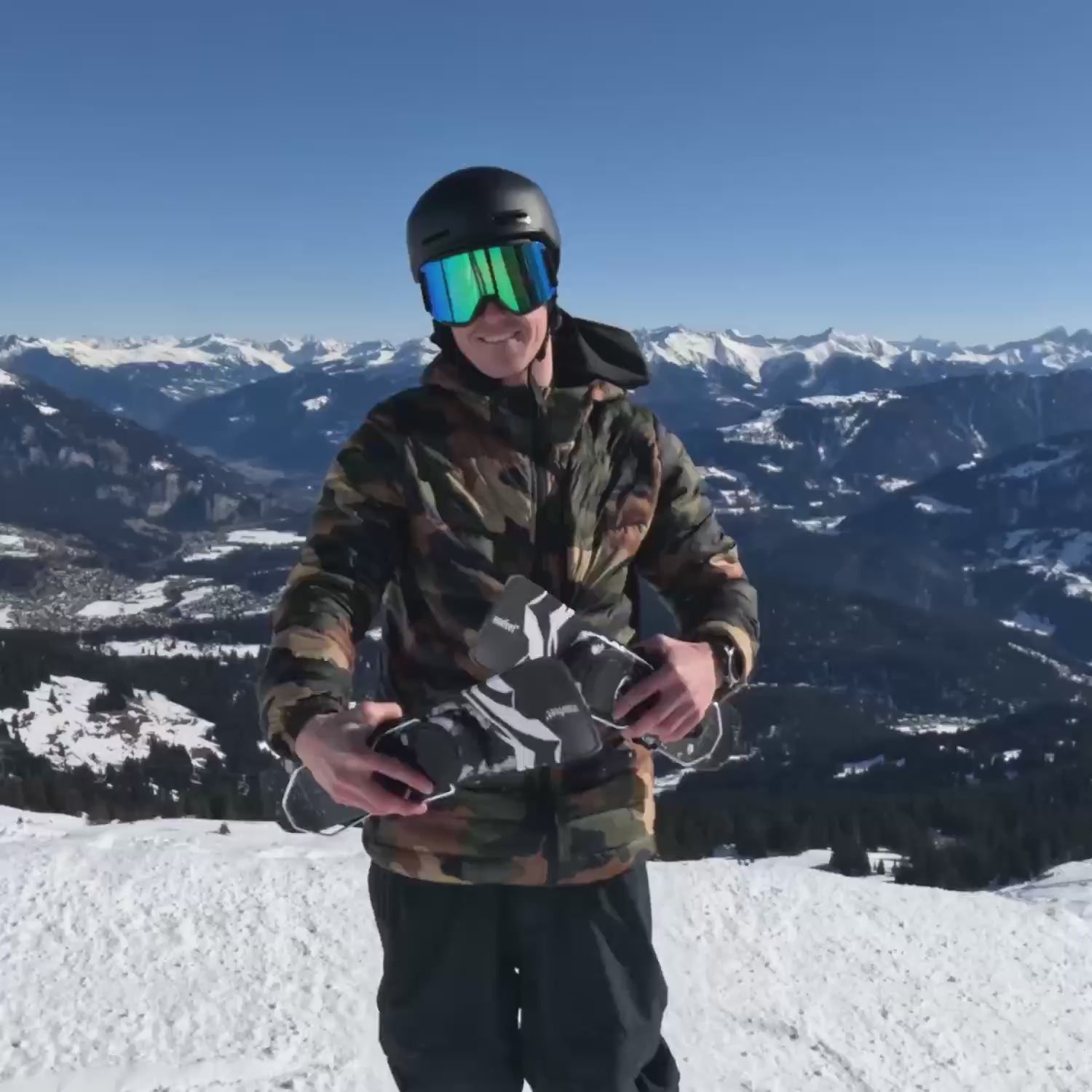
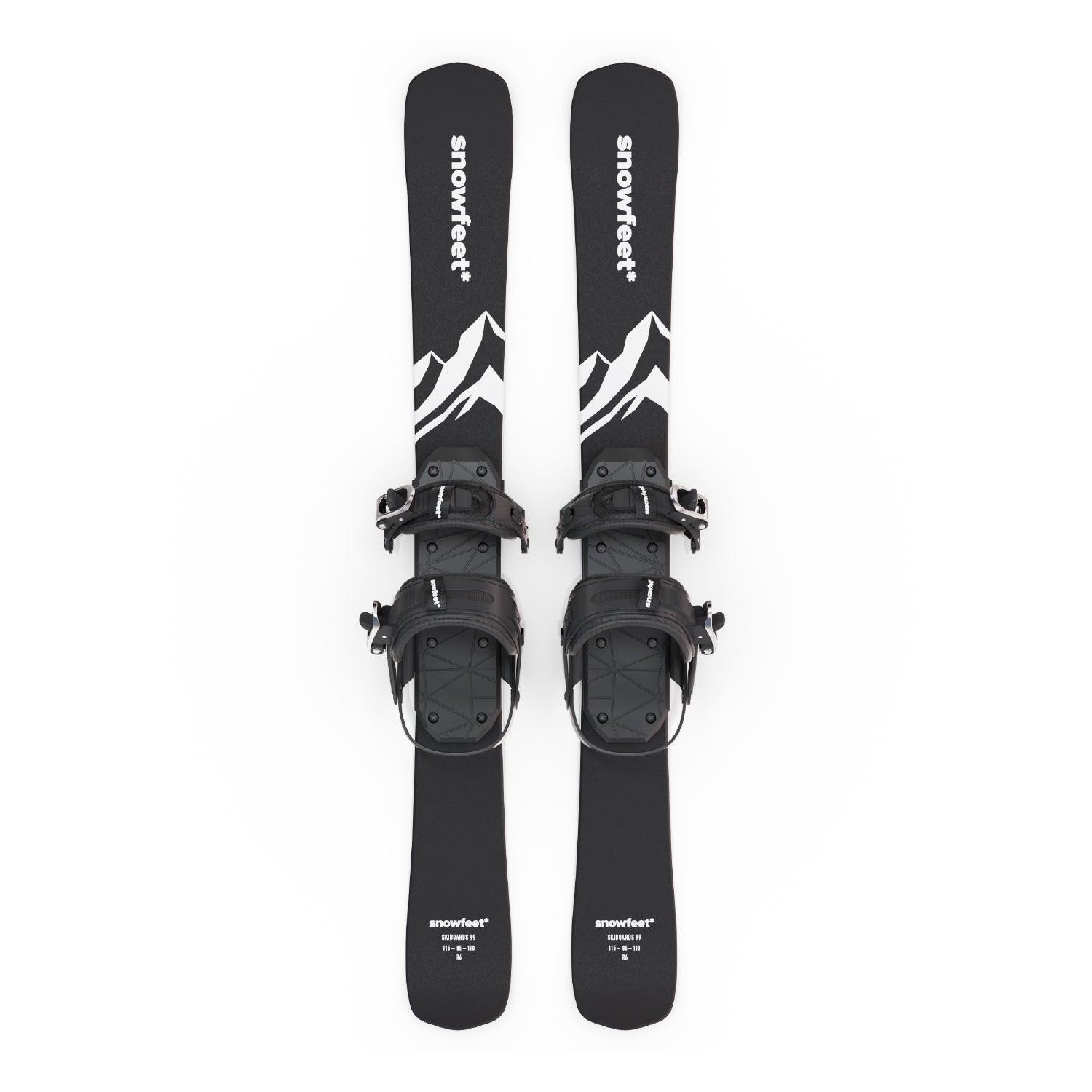
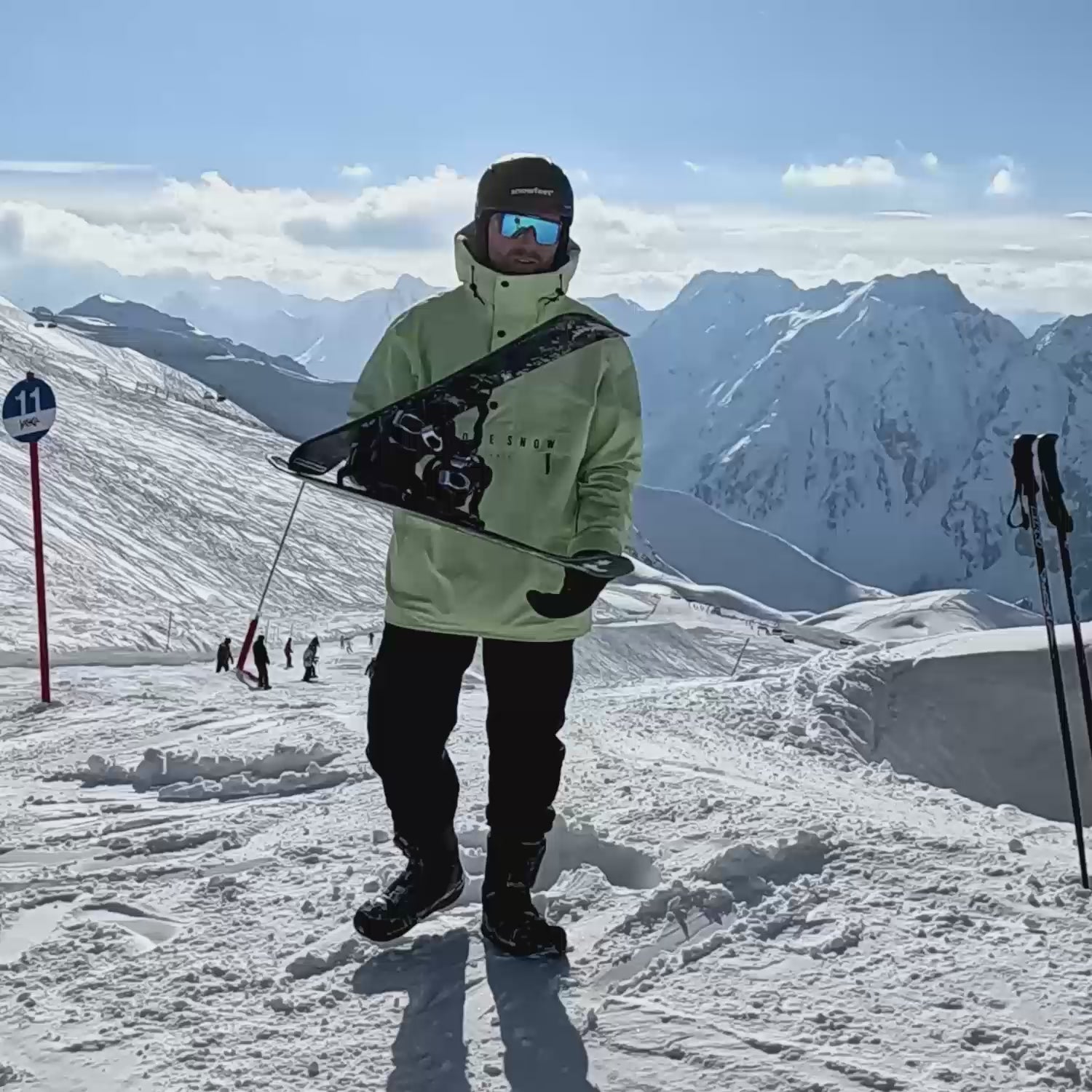
Leave a comment
This site is protected by hCaptcha and the hCaptcha Privacy Policy and Terms of Service apply.